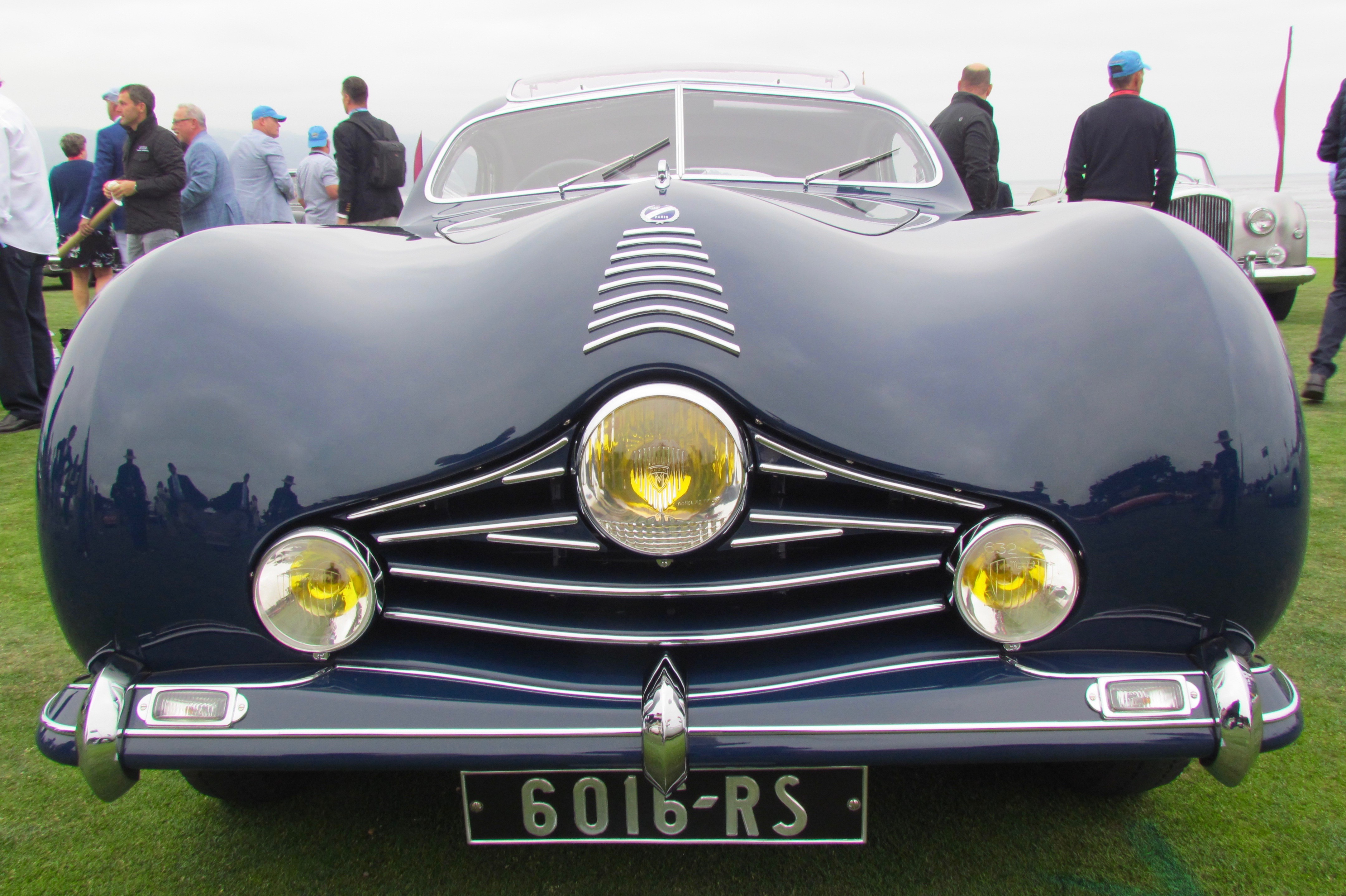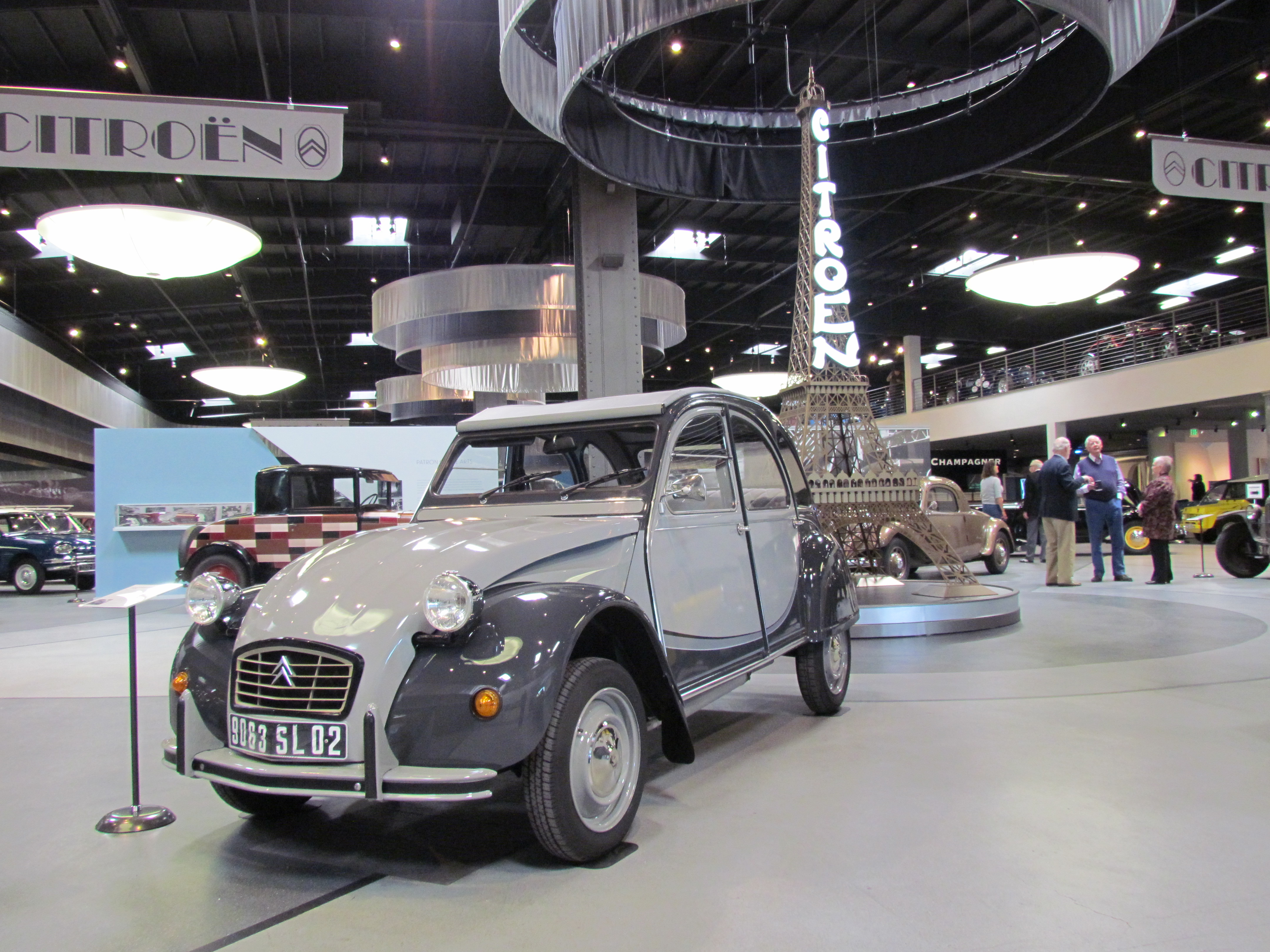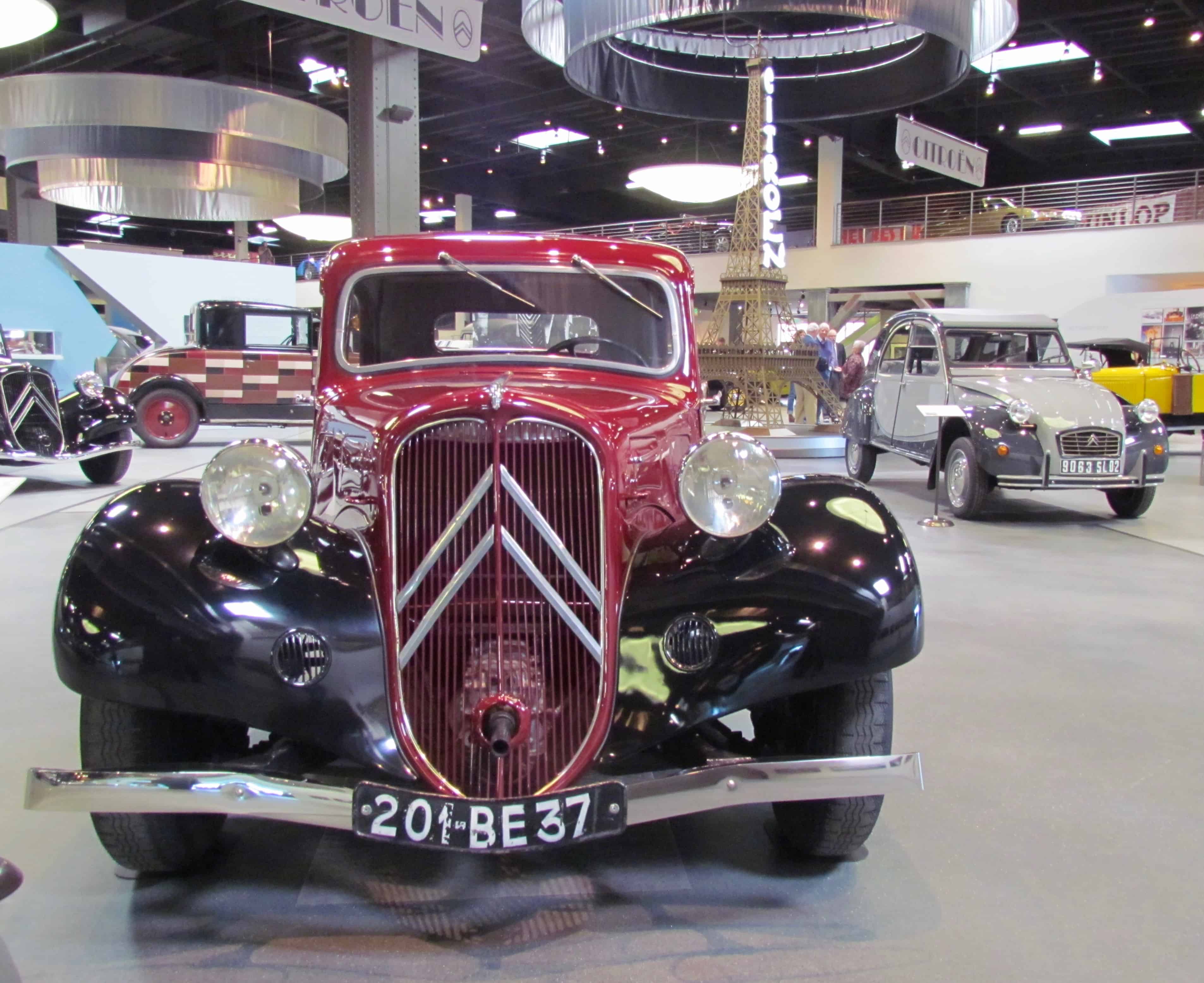Editor’s note: November is Import Month on the ClassicCars.com Journal. Get all the news you could ever need about Italian, German, English, French, Japanese and lots of other cars at our dedicated page.

French cars are making a comeback with classic car collectors.
Of course, there have been few vehicles more cherished by collectors than those bodied by such Paris coachbuilders as Figoni et Falachi, Saoutchik, Franay, Pourtout and even by a couple of Americans in Paris, Tom Hibbard and Howard “Dutch” Darrin. Not to mention Jean Bugatti, of Italian descent but working in France, albeit in southeastern France, and keeping the automotive world riveted with vehicles such as his swooping Atlantic.
Whether natives, immigrants or temporary visitors, the automotive creations crafted by such coachbuilders and designers between Europe’s world wars truly were sculptures in motion, vehicles that made it obvious why such sensuous shapes were called “French curves.”
The second of those wars changed the landscape, and the post-war wave of French designs tended to be small and practical. Struggling to put people back on motorized wheels, post-war Germany had its Volkswagen, Italy its updated version of Fiat’s Topolino and France its Citroen 2CV.

But suddenly an automotive goddess descended from the heavens. In 1955, Citroen launched the DS19, the Derivation Special sculpted — literally, they used clay rather than drafting equipment — by Flaminio Bertoni and Pierre Franchiset.
While the shape might have been shocking it was no more unusual than the car’s mechanical technology, which replaced metal springs with height-adjustable hydropneumatic suspension and which rode on newly developed Michelin radial tires.
Such technology likely saved the life of French president Charles de Gaulle, whose driver was able to escape an assassination attempt even though the car had two flat tires and numerous bullet holes.
The DS19 also had front and rear crumple zones and so many other new features that the authors of the 700-page, three-volume Cars 1930-2000: The Birth of the Modern Car, who noted that cars had basically been stagnate for more than two decades, called this new Citroen, the “next phase in innovation.”
Philosopher Roland Barthes simply called it Deesse, the goddess. This new Citroen was both auto and art and was displayed in art museums in London, Milan and New York.
But while it was remarkable, the Citroen was not widely sought after by collectors, whose interests remained the flamboyant pre-war, coachbuilt classics.
Each was different and dramatic and so evocative of the era, noted Dave Kinney, publisher of the Hagerty Price Guide. “People realize that to be competitive in a concours, having something that is so different from the other cars gives it the potential to do well.”
There were some “incredibly voluptuous” French cars coachbuilt soon after World War II, Kinney said. But, he added, much of that work was done with pre-war chassis that had become outdated, and while labor had become inexpensive, car-building materials were very expensive in post-war Europe.

Peter Mullin has been championing the appreciation for French cars for going on four decades. His Mullin Automotive Museum in Oxnard, California, has become a showcase for the great cars from the French coachbuilders. However, in 2017, the Voisins, Bugattis, Delages and such gave way to an exhibit titled “Citroen: The Man, the Marque, The Mystique.”
“I walked by Citroens for 35 years without stopping to learn about the history of one of the great marques of France,” Mullin said as he opened that exhibit featuring 46 vehicles he’d recently purchased.
Mullin contends that Andre Citroen was to Europe what Henry Ford was to America, not only its first mass automaker but a marketing genius. Citroen’s company was innovative in other ways as well, developing and promoting front-wheel drive in the 1930s, decades ahead of the industry.
“Every modern car owes something to Citroen,” Mullin said.

Mullin hasn’t been alone in his push to promote French cars. For the first time in its 68-year-history, the Pebble Beach Concours d’Elegance featured a special class of Citroens, Postwar Custom Citroen, in 2018. Of the seven custom-bodied cars, two were Mullin’s, but three — including the class winner — came from the Fisher collection in Palm Beach, Florida. Another was owned by one of the McCaw brothers, and the other came from Belgium.
Kinney said the Mullin and Pebble Beach displays of Citroens has sparked interest in French vehicles, “but it’s more the interest in them that’s growing right now. Prices are stable, and possibly heading upward for some of them,” he said, adding that it remains the coachbuilt pre-war cars that still draw the most interest.
Nonetheless, Brass-era Renault racing cars are popular with collectors, as are such post-war French cars as the Alpine A110 and Facel-Vega and Maserati-powered Citroen SM.
Perhaps all it will take is for another concours to feature a special class of Deux Chevaux or perhaps a remake of television’s Colombo and his Peugeot 403 cabriolet to ignite renewed interest in collectible French cars.





